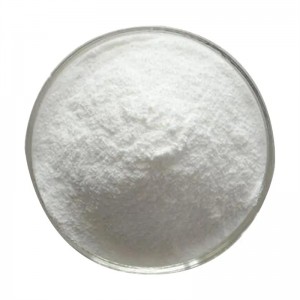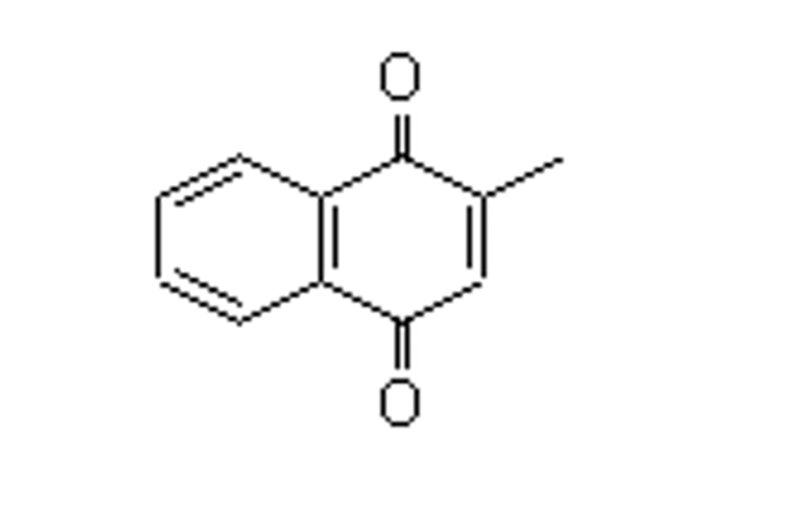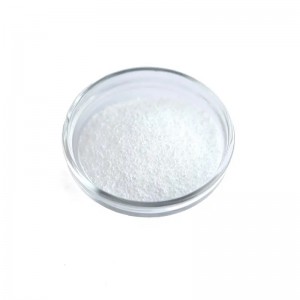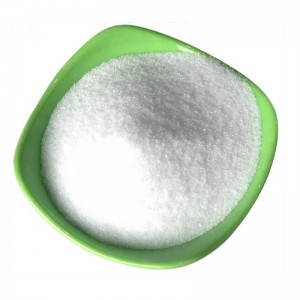Vitamin MSB 96
| Product Name | Vitamin K3(Menadione Sodium Bisulfite) | |
| Shelf Life | 2 years | |
| Item | MSB 96% | MSB 98% |
| Description | White Crystalline Powder | White Crystalline Powder |
| Assay | ≥96.0% | ≥98.0% |
| Menadione | ≥50.0% | ≥51.0% |
| Water Content | ≤12.5% | ≤12.5% |
| NaHSO3 | ≤5.0% | ≤5.0% |
| Heavy Metals | ≤0.002% | ≤0.002% |
| Arsenic | ≤0.0002% | ≤0.0002% |
| Solution Color | No.4 of yellow and greenstandardcolorimetricsolution | No.4 of yellow andgreenstandardcolorimetricsolution |
Vitamin K3 MNB96
| Product Name | Vitamin K3(Menadione Nicotinamide Bisulfite) | |
| Shelf Life | 2 years | |
| Item | Specification | Result |
| Description | White or yellowish crystalline powder | Yellowish crystalline powder |
| Menadione | ≥44.0% | 44.6% |
| Water Content | ≤1.2% | 0.4% |
| Nicotinamide | ≥31.2% | 31.5% |
| Heavy Metals (as Pb) | ≤20ppm | 1.2ppm |
| Arsenic | ≤2ppm | 0.5ppm |
| Chromium | ≤120ppm | 85ppm |
| Solution Color | No.4 of yellow and green standard colorimetric solution | Meets Requirement |
Description
Vitamin K3 appears as white crystalline or crystalline powder, being almost odorless and hygroscopic. Its color will change in case of light. It is easily soluble in water, slightly soluble in ethanol, but insoluble in ether and benzene. It’s chemical name is Menadione. Menadione is a good hemostatic drug, its main function is to participate in the synthesis of thrombin, promote blood coagulation, can effectively prevent bleeding diseases, and also participate in the mineralization of bones. Menadione is also an important component of feed additives, an indispensable nutrient for the growth and development of livestock, and can also be used as plant growth regulators, promoters, herbicides, etc.
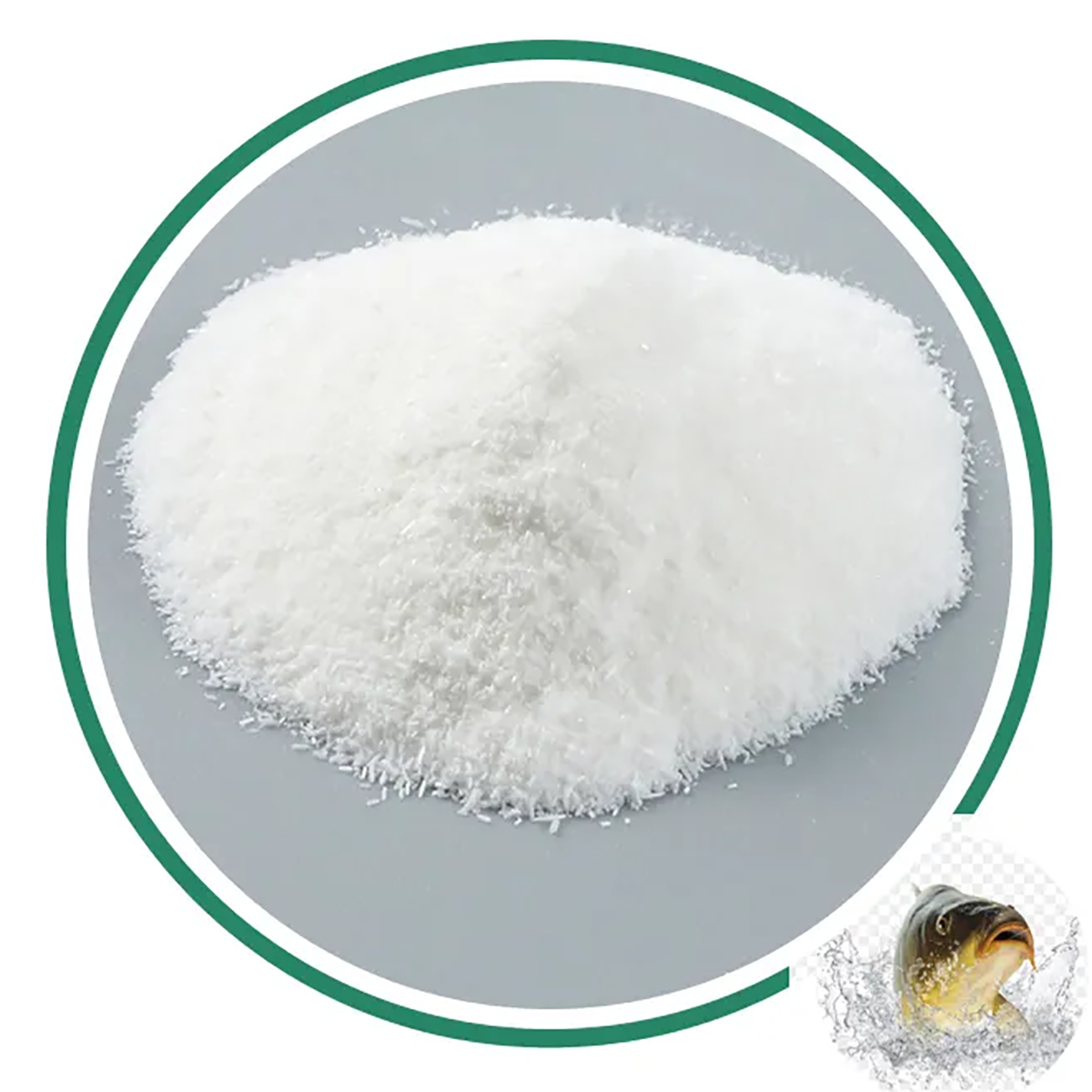
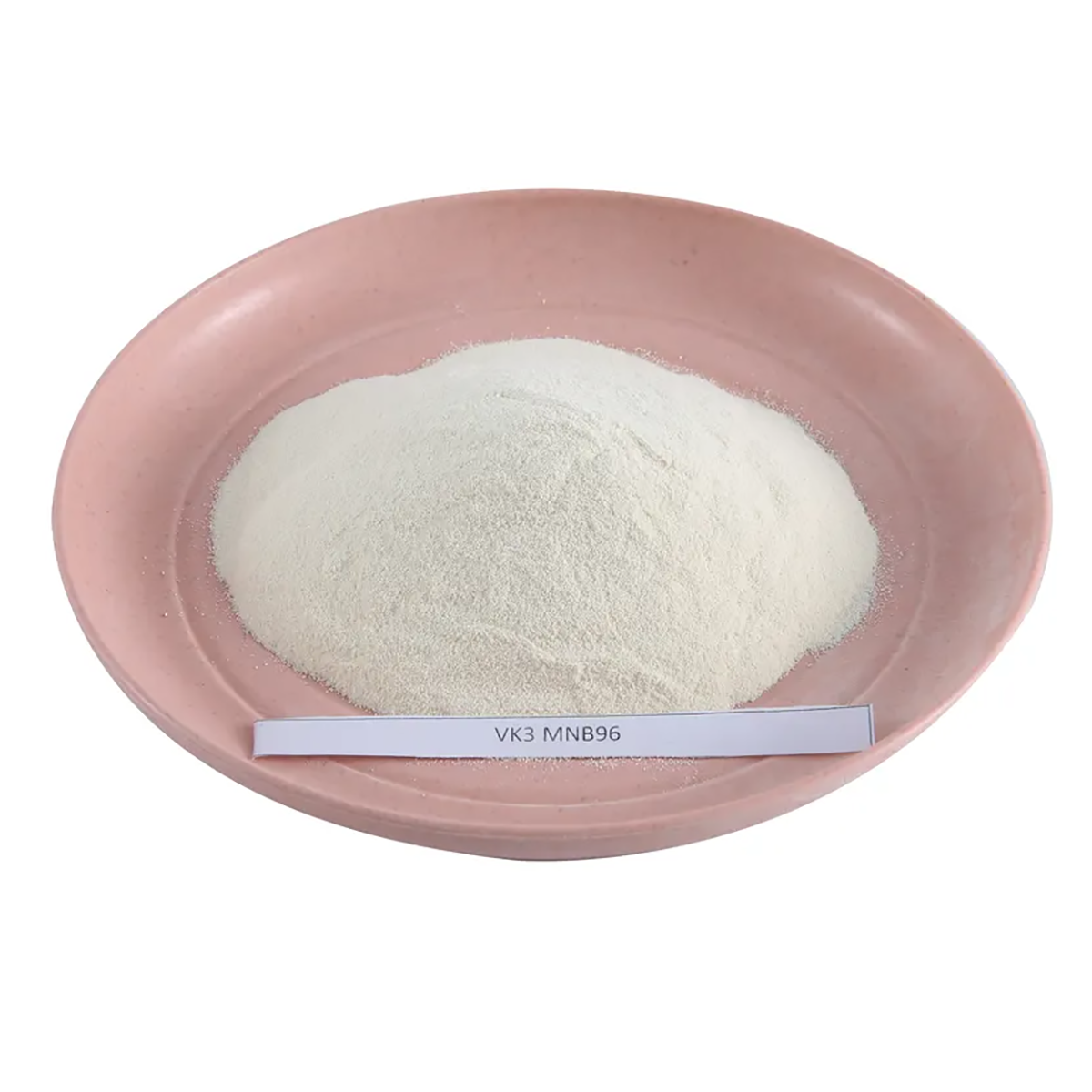
Clinical Use
Vitamin K deficiency results in increased bleeding time. This hypoprothrombinemia may lead to hemorrhage from the gastrointestinal tract, urinary tract, and nasal mucosa. In normal, healthy adults, deficiency is rare. The two groups at greatest risk are newborn infants and patients receiving anticoagulant therapy; hypoprothrombinemia preexists in these two groups. Any disease that causes the malabsorption of fats may lead to deficiency. Inhibition of the growth of intestinal bacteria from extended antibiotic therapy will result in decreased vitamin K synthesis and possible deficiency.



